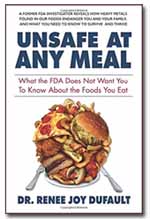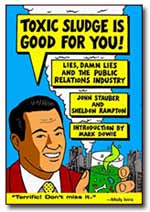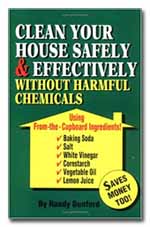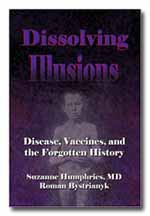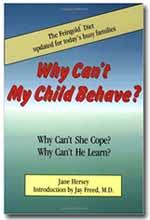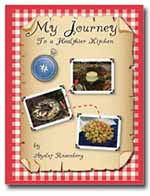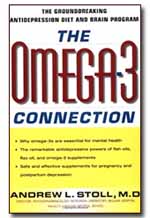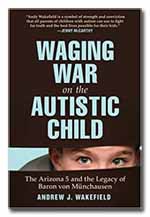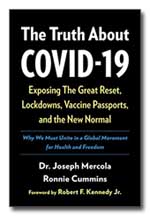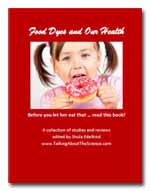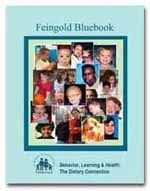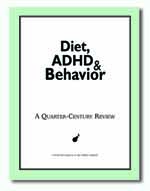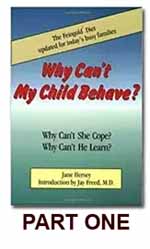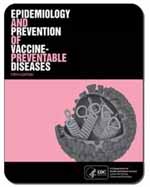 Archives of Disease in Childhood, 1987. Feb;62(2):119-22.
Archives of Disease in Childhood, 1987. Feb;62(2):119-22.
In a double-blind study, David challenged 24 of his patients who had been using diet for ADHD with benzoic acid (a preservative) and a large dose of coloring — 250 mg of Yellow 5. After his intervention, 22 of the children gave up the diet and returned to a “normal diet” (with additives), but the parents of 2 children, he wrote, “insisted on continuing the diet.”
NOTE: These were children whose parents had come to Dr. David for help because of problems implementing the diet for their children; judging by the tone of his article, he treated the parents like neurotics. The challenges were administered to children who had either not responded to the diet or who were already in the throes of a reaction — when they didn’t get worse, this was intended to prove that the diet had not worked.
NOTE: The children were not monitored by any sort of test or parent questionnaire, but by busy nurses in the hospital ward asked to “observe” them, with no prior training in such observation. What cleaning supply fragrances the children were exposed to in the hospital was neither documented nor controlled. This study should not be considered a valid test of either the Feingold Diet or food dyes. Rather, it is a good example on how to do a really bad study.
MedLine || Full Text || Get Password


